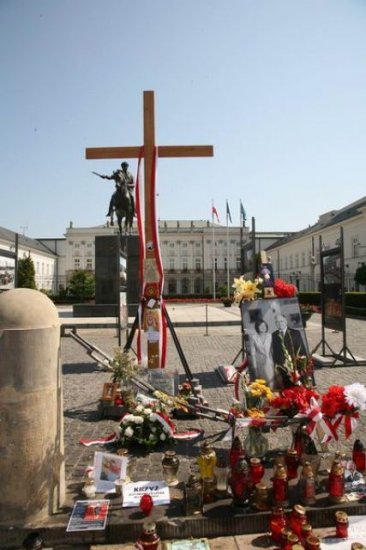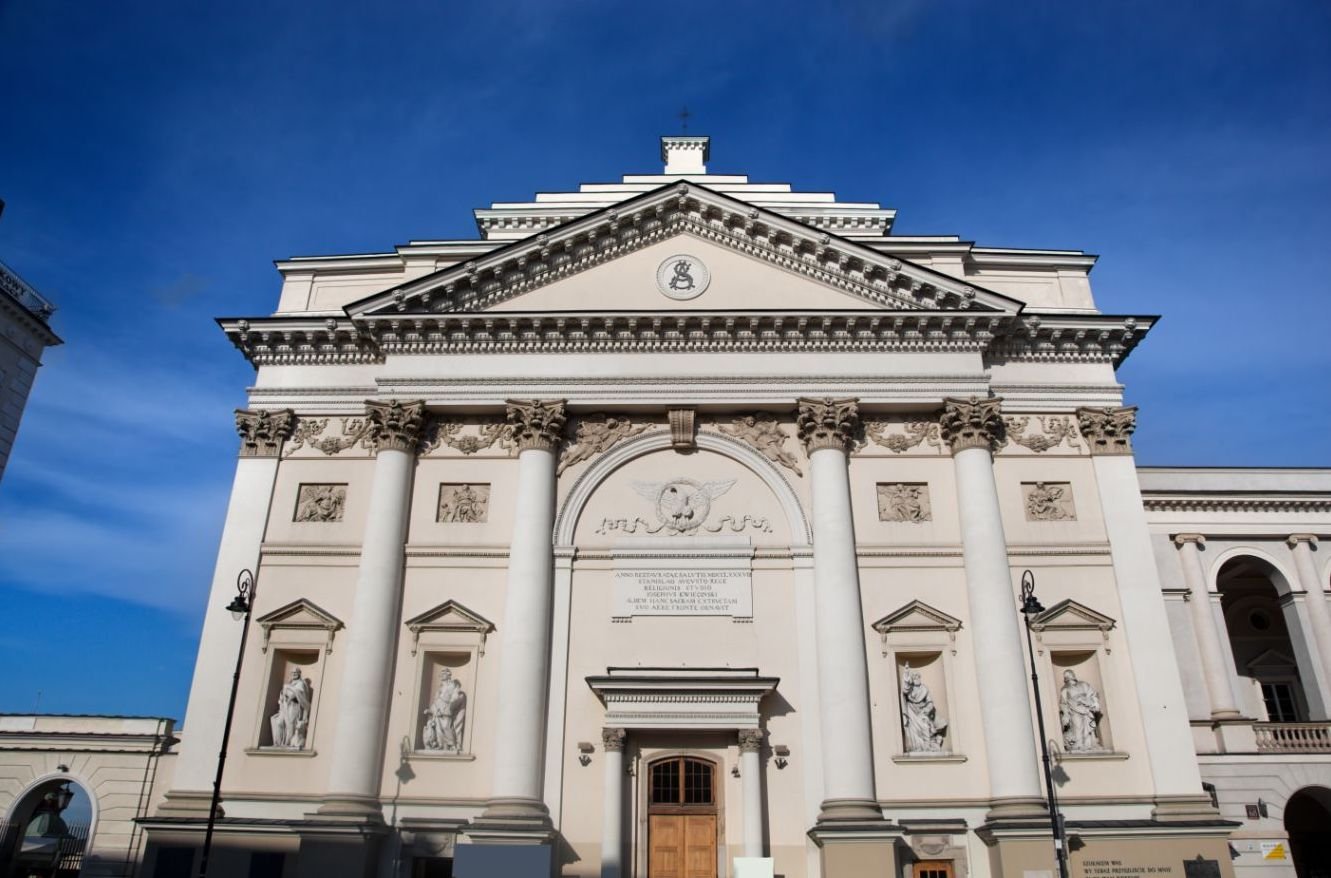One wouldn't normally think that two planks of wood could cause that much trouble. But in Warsaw in the summer of 2010 - a time rife with grief, anger and conspiracy theories following an infamous plane crash - the Smolensk Cross became a symbol of national turmoil.

It was the spring of 2010 when a plane carrying then-President Lech Kaczyński, his wife and 94 other passengers (including Polish military members and goverment officials) crashed over Smolensk, Russia in an event that became international news (unsurprisingly so). Five days after the April crash, Polish Scouts put up a large wooden cross—a monument to the crash and the lives lost amid a time of intense national grief—in front of the Presidential Palace. But, when the newly elected Polish president, Bronisław Komorowski, who was from the more centrist Civic Platform Party said the cross should be moved (with support from the scouts), he was met with controversy from some Poles. That controversy quickly got ugly, and highlighted the huge tensions present in Polish society at the time.
The biggest outcry to Komorowski's request came from Poles who supported the late president's conservative political party, PiS (Law and Justice), and who were mostly older, devout Catholics. They were led by Jarosław Kaczyński, the late president’s twin brother. (For those interested in Polish politics: Jarosław Kaczyński co-founded the PiS movement with his brother and is the current Deputy Prime Minister of Poland). These PiS supporters were staunch in their position that the cross should remain where it was in front of the Presidential Palace and guarded the cross almost constantly.
This led to major tensions as the ‘defenders of the cross' (as they were called), battled with police and city guards who at one stage used pepper spray to regain control of the situation. A series of attempts to move the cross were thwarted and a permanent vigil was set up to ensure the cross was not moved. Singing hymns and patriotic songs, the defenders accused police of acting like the ‘Gestapo’ and even harangued the priests and scouts who tried to move the cross.
A counter-protest then sprung up, helped greatly through a Facebook campaign, organised by generally younger Poles who felt that the whole disaster was being hijacked by right wing fanatics. This brought thousands out onto Krakowskie Przedmiescie in front of the Presidential Palace and Bristol Hotel and developed into a standoff with police and city guards forming a barrier between the two groups. Government leaders and the President called for restraint but a stalemate ensued. Various attempts were made to pacify the defenders including the unveiling of a plaque on the wall of the palace (see that just to the right as you stand looking at the palace) and the unveiling of plans for a more permanent memorial.

And then suddenly at 8am on the morning of September 16th, the cross was snatched and moved to the chapel within the presidential palace.
While the streets have now cleared, you will still see people coming to the spot where the cross stood to pay their respects and it is still an unofficial place to pay respects to the Presidential couple. The cross itself has since been moved to St. Anne’s Church and can be viewed by the public. You’ll find it in the chapel next to a memorial remembering the victims of the Katyń massacre in 1940, the event which the President was flying to commemorate on that fateful day.



Comments